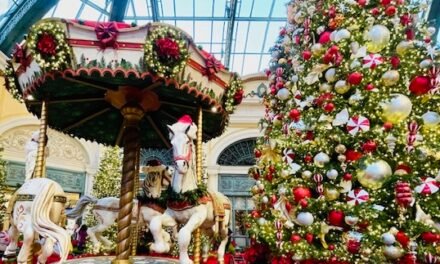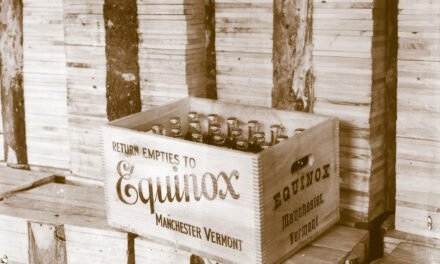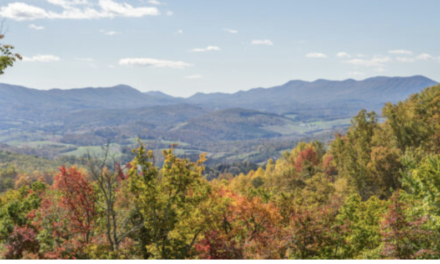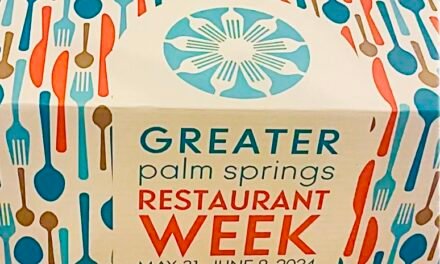
It’s All About authenticity in the ‘Original’ Las Vegas
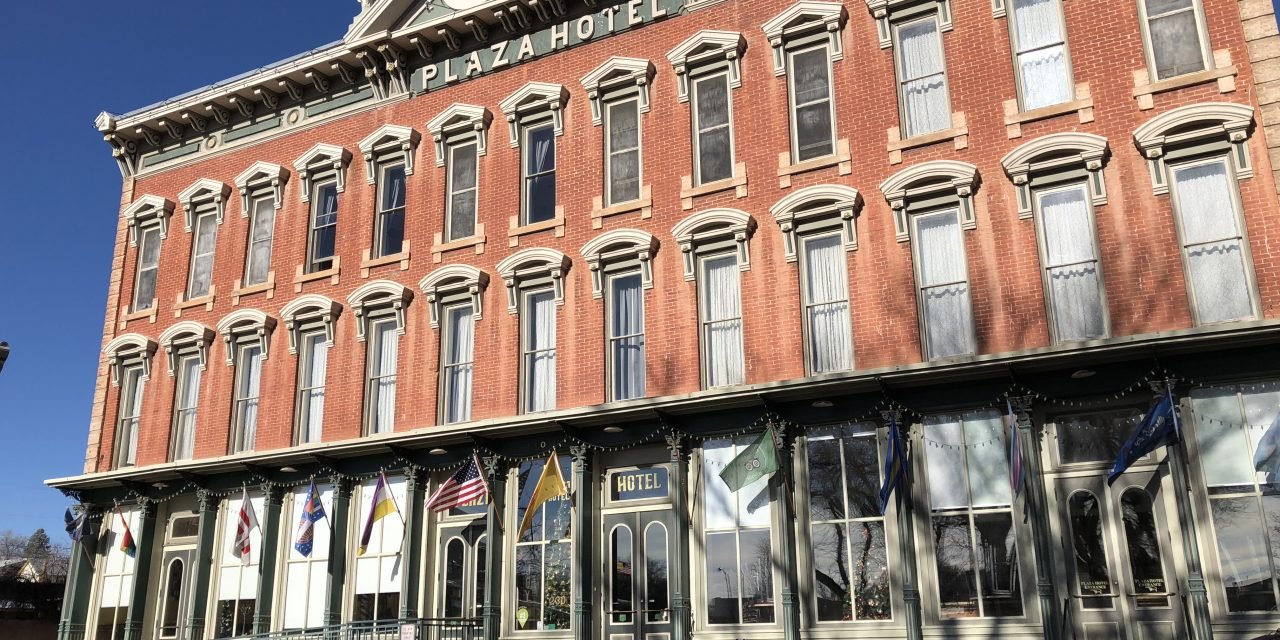
It’s Vegas, Baby! But, if you’re looking for cheesy Elvis impersonators, glitzy shows or swanky casinos lining the streets, you’re not in the right place. This is Las Vegas, New Mexico, or what the locals like to call the “original” Las Vegas. Here, scenic beauty, rich history, eclectic architecture and a burgeoning art community combine to create one of Northern New Mexico’s most fascinating destinations. It’s a hidden gem that’s slowly being discovered by visitors who seek authenticity in their travels as they take a trip back through time.

Las Vegas Debbie Stone
In this land of legend and lore, you’ll find a city with a colorful Wild West past and deep historical roots that are preserved through tales and within the more than 900 buildings listed on the National Register of Historic Places. The area was first inhabited by Native Americans before Coronado discovered it in 1541. In 1835, the Mexican government bestowed a Land Grant to the inhabitants and eleven years later, as a result of the Mexican–American War, the territory became part of the U.S. The Santa Fe Trail brought settlers, traders and other travelers, and by the 1860s, Las Vegas was the commercial hub of New Mexico. Later, when the Atchison, Topeka and Santa Fe Railroad arrived, immigrants from every walk of life came to establish themselves in the region. The advent of the railroad rapidly transformed the town from a rural community to a center of national prominence. Two towns were created: East Las Vegas, or New Town, where the railroad was located, and West Las Vegas, or Old Town.
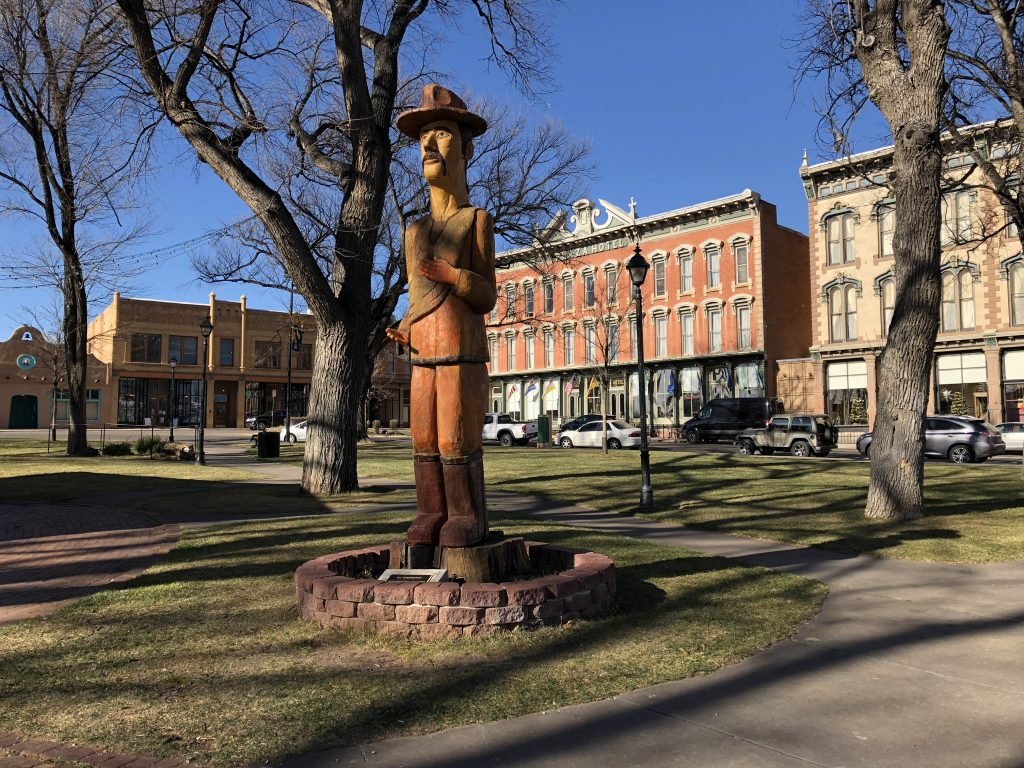
Las Vegas Debbie Stone
Residential architectural styles varied dramatically depending on which side of town you lived. In Old Town, adobe and territorial styles were the norm, whereas, in New Town, homes were built to accommodate the tastes of prosperous merchants hailing from the East Coast. These styles included Victorian, Queen Anne, Colonial Revival, Tudor and others.
By 1882, Las Vegas had a population of almost 6,000 and rivaled Denver, El Paso and Tucson in size. During this time, the railroad constructed the magnificent Montezuma Hotel resort, which was initially managed by Fred Harvey. Additionally, New Mexico Highlands University was founded with the original purpose of training teachers. Celebs, U.S. Presidents and other notable figures, as well as gamblers and desperados like Billy the Kid, Doc Holliday and the Dodge City Gang, all made their way to Las Vegas at one time or another in the heyday of this dynamic town.

Las Vegas Debbie Stone
The city’s economic fortune began to decline in the early 1900s, when the railroad moved to the south. And then the agricultural depression of the 1920s and ’30s, combined with a lengthy drought, brought an end to almost a century of boom town prosperity. West and East Las Vegas continued to exist as separate entities up until the 1970,s when the two mayors met each other on the Gallinas Bridge, shook hands and agreed to consolidate into one local government.

Las Vegas Debbie Stone

Las Vegas Debbie Stone
In recent years, Las Vegas has been making an effort to entice more visitors and reinvent itself as a tourist destination. And the word is gradually getting out that this is a destination worthy of an off-the-beaten-path stop. Local resident Kathy Hendrickson is doing her part to shine the light on the town’s many attractions through her company, Southwest Detours. Hendrickson gives guided tours to folks curious about the area’s history, with a focus on the Las Vegas Plaza and Plaza Hotel, Montezuma Castle, Castaneda Hotel and other iconic sites.
Hendrickson proudly calls herself an Indian Detour Courier, reminiscent of the tour guides of the same name who played a major part of the Fred Harvey travel industry. Their role was to enlighten travelers on the history and unique beauty of the Southwest. Harvey established the famed Harvey Houses, a chain of hotels typically located “trackside” for passengers of the Atchison, Topeka and Santa Fe Railway System traveling between Chicago and California. He recognized the need for comfortable accommodations, as well as good restaurants with quick service that travelers could rely on during their journey. To serve his customers, he employed young, “respectable” women, who were then trained to be the epitome of efficiency and professionalism. The Harvey Girls, as they were called, wore black uniforms and white starched pinafores and lived in dorms, complete with house mothers and strict rules. At the time of Harvey’s death in 1901, the legendary hospitality and tourism company operated 47 Harvey House restaurants, 15 hotels and 30 dining cars.
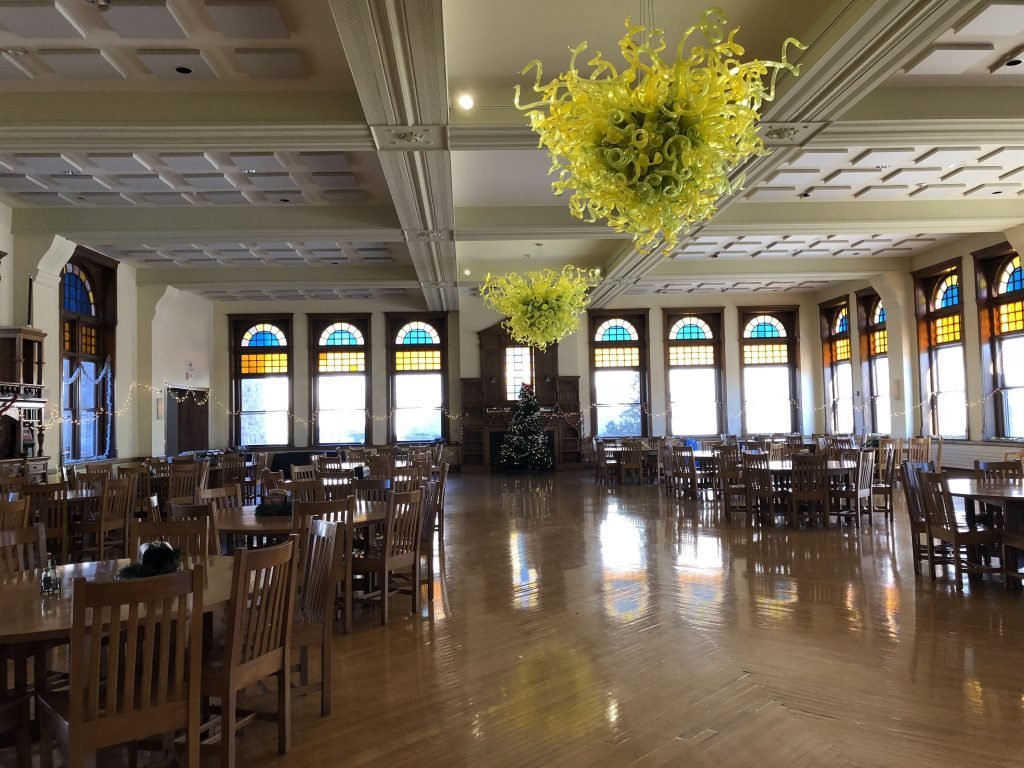
Las Vegas Debbie Stone
Las Vegas boasted two Harvey Houses at the height of its economic prosperity. The Montezuma, circa 1882, was Fred Harvey’s first luxury resort hotel, located northeast of town in Gallinas Canyon. Designed by well-known Chicago architects, Burnham and Root, and constructed with locally quarried red sandstone and slate, “The Castle” was a Queen Anne masterpiece, complete with turret. It had a grand ballroom, casino, bowling alley, billiards room and many extravagances. The place attracted well-heeled clientele, in addition to those with tuberculosis and other ailments, as the quality of air and water was known to be quite healthy. The nearby hot springs (still in existence and free to the public) also contributed to the hotel’s wellness allure. Over the years, anyone who was anyone stayed at the resort, including such prominent figures as Teddy Roosevelt, Ulysses S. Grant, General Sherman, Emperor Hirohito, Rutherford B. Hayes and others.

Las Vegas Debbie Stone
The resort unfortunately burnt down, not once, but twice, and was subsequently rebuilt at the railroad’s expense. Eventually the place went into decline and closed its doors in 1903. The property then served a succession of purposes–Baptist College, YMCA and Mexican Jesuit Seminary–before being purchased in 1981 by Armand Hammer for the establishment of The United World College of the American West. This campus is the location of the only United World College in the U.S. It is one of seventeen such institutions around the world. Students come from more than eighty countries to attend the college, creating an international educational setting that helps to foster greater cultural understanding. Upon completion of the rigorous two-year college prep program, they earn an International Baccalaureate Degree.
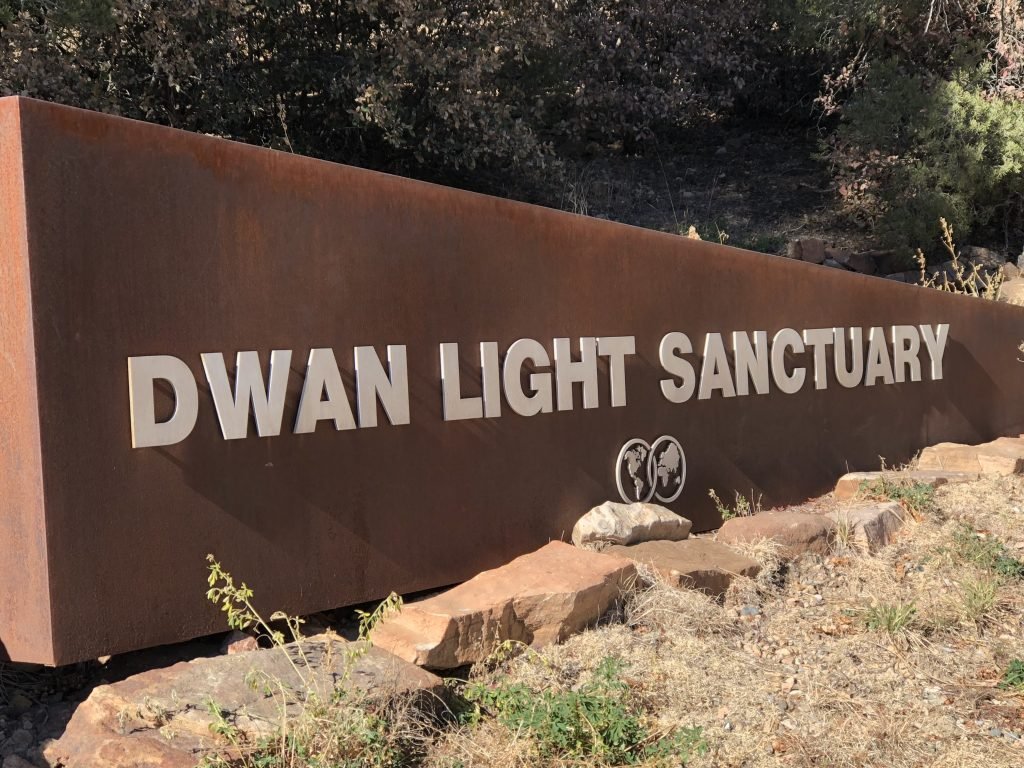
Las Vegas Debbie Stone
As you tour the place, Hendrickson will recount its history and regale you with a few colorful tales. Purportedly, the Montezuma is haunted. Story has it that years ago an opera diva threw herself from the turret. Some students say they can hear her disembodied voice coming from that area of the building, practicing her arpeggios. When the castle stood empty for a period of ten years, it went into a state of disrepair and the place took on an eerie pall. Hollywood discovered it and used it as the location for the 1978 horror movie, The Evil.
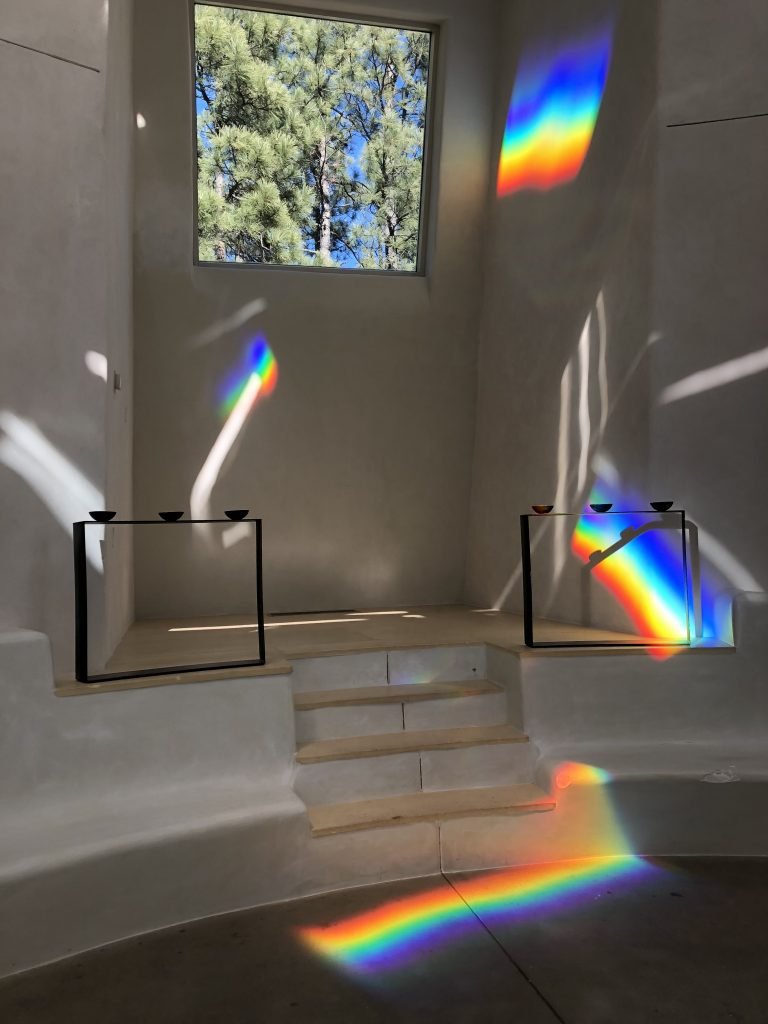
Las Vegas Debbie Stone
Hendrickson will show you the grand ballroom, now the student dining area, with its beautiful woodwork and Chihuly glass sculptures. And in the lobby, she’ll point out an old safe that’s still in existence. There’s a grand piano, which students and faculty are free to play at any time – a nod to when the hotel was filled with the sound of music. In 2000 and 2001, the school invested over $10.5 million into restoring the building and it has won awards as one of the great historical restorations in the country. It is the first historic property west of the Mississippi to be designated one of “America’s Treasures” by the White House Millennium Council.
Hendrickson will also take you to The Dwan Light Sanctuary, which is on the grounds of the college. Designed by Virginia Dwan, Charles Ross and Laban Wingert, the sanctuary provides the campus and the public with a peaceful refuge from the hectic pace of daily life. The site was chosen to capitalize on the dramatic northern New Mexico light. The orientation and geometry of the building are derived from its alignment to the sun, moon and stars.

Las Vegas Debbie Stone
Las Vegas Harvey House number two is the La Castaneda Hotel. Built to be a gem in Harvey’s famed chain of railroad hotels, La Castaneda was one of the earliest properties to be constructed in the Mission Revival style. Built in 1898, it hosted the first reunion of Teddy Roosevelt and his Rough Riders from the Spanish–American War (for more about the Rough Riders, check out the City of Las Vegas Museum and Rough Rider Memorial Collection on Grand Ave.). Though the hotel closed in 1948, a bar operated out of the building until it was bought in 2014, by Allen Affeldt, a northern Arizona hotelier. Restoration plans are in place to bring the grand dame back to life and open it as a twenty-room boutique hotel with an upscale restaurant. Affeldt is well-known for the restoration of another Harvey property, La Posada, in Winslow, AZ, which is now a cultural and tourism attraction.

Las Vegas Debbie Stone
Currently, La Castaneda is a construction site; however, Hendrickson is able to provide tours of the place to interested visitors who want to take a peek inside. The brick building has a stone foundation, metal roof, stamped tin ceilings and actual steel rails used for trusses. Affeldt aims to re-purpose some of the original fixtures and equipment to retain even greater authenticity of this crown jewel. Anticipation is high for this restoration, which when completed will enhance the town’s reputation as a treasure house of New Mexico history.
Everyone who visits Las Vegas usually heads to the Old Town Plaza, as it is the heart of the city. The plaza is one of the largest in New Mexico and its major cornerstone is the Plaza Hotel, also under the ownership of Allan Affeldt. This “Belle of the Southwest” presides regally over Plaza Park and is the premier place to stay in town, as well as the main location for meetings, parties, conventions and other events. Built in 1882 as a first-class establishment, the property immediately gained recognition as the finest hotel in the state. It is an architectural masterpiece with a grand Victorian façade, three floors of fourteen foot ceilings and huge windows overlooking the Plaza. And it’s topped like a wedding cake with fanciful scrolls. Originally, there were 37 guest rooms, a saloon, dance hall and restaurant. Matching walnut staircases wind elegantly from the lobby to all floors. Then and now, everyone stayed here, from Doc Holliday to Michelle Obama, Tommy Lee Jones and Woody Harrelson.

Las Vegas Debbie Stone
The place is also known for its resident ghost, Byron T. Mills, a former owner of the property. He reigns in Room 310 and seems to fancy young, single women, especially redheads. Some who have stayed the night in Byron’s room have reported lights turning on and off for no reason. Others have noted the sensation of having someone sit down next to them on the bed and even touch them on the shoulder. There are certain housekeepers in the hotel who won’t clean Byron’s room, as they don’t want to encounter his spirit.
The Plaza Hotel has starred in a number of movies and TV shows, from silent pictures to current productions. Hollywood came calling to Las Vegas as far back as the early 1900s. Among the first documented productions were those of actor-director Romaine Fielding. Cowboy great Tom Mix arrived in 1914 and shot over twenty Westerns in the area. Flash forward to the 1960s, when Dennis Hopper brought the counterculture epic, Easy Rider through town, setting a couple of that movie’s more memorable scenes in the heart of Las Vegas. Convoy, the trucker action flick starring Kris Kristofferson and Ali McGraw, shot scenes here as well, prominently featuring the Old Town Plaza and the Plaza Hotel as backdrop. Later, Red Dawn set the standard by being the first major motion picture to establish shop primarily in Las Vegas. The 1990s brought Wyatt Earp, Speechless and Vampires, among others.

Las Vegas Debbie Stone
In more recent years, Billy Bob Thornton and Virginia Madsen came to town to do Astronaut Farmer, an offbeat flick that showed off the local Dairy Queen and a bank building. But, the most acclaimed movie ever shot in Las Vegas was No Country for Old Men, released in 2007. For television, the contemporary Western series Longmire has been shooting in Las Vegas and the surrounding areas since 2012. Walt Longmire (played by actor Robert Taylor) is the sheriff of fictitious Absaroka County, Wyoming and the Veeder Building on the Plaza serves as his office. It is one of the more photographed structures in town, as fans of the show love to take their picture in front of the door where it is stenciled, “Absaroka County Sheriff.”
Hollywood has realized the town’s potential, as it offers a variety of unique settings in one place, including breathtaking mountains, grassy plains, lakes, a castle and an array of different architectural styles. And there are streets here that have characteristics indicative of cities and towns from Manhattan to Juarez, Mexico. As a result, Las Vegas has created its own film commission to continue to court Hollywood. In the process, it has also recognized that film tourism is a big draw, as people want to visit places where their favorite TV show or movie was shot.
If you go:
visitlasvegas.com/
southwestdetours.com






